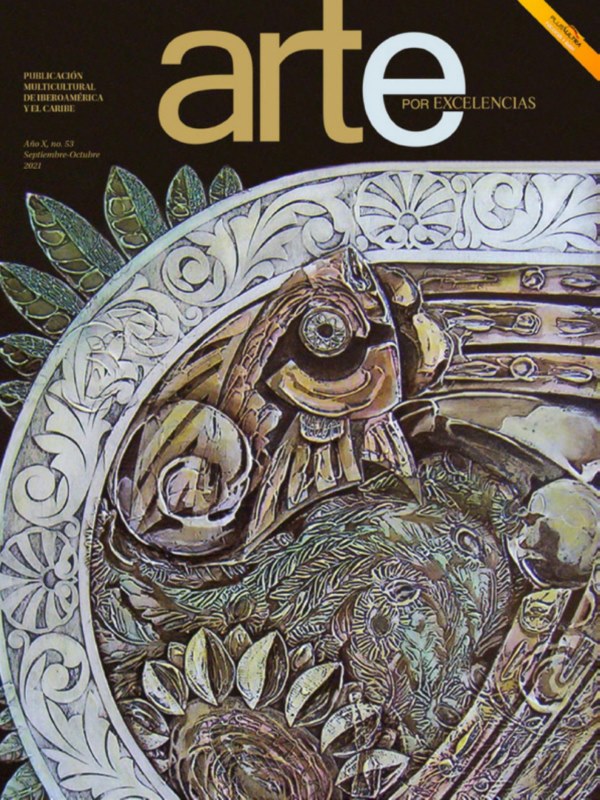Pace is pleased to present an exhibition of new and recent work by Indian artist Prabhavathi Meppayil. Known for her use of traditional Bangalorean goldsmithing tools and techniques, which have been passed down throughout generations in her family, Meppayil creates meticulous, subtle abstractions that bridge the past and future.
Deeply informed by histories of cultural production in India, the artist’s work unites traditional methodologies and modern materials, establishing new dialogues across time, place, and medium. Meppayil’s forthcoming show, which marks her fourth solo presentation with Pace and second solo exhibition in New York, will feature painting and sculpture.
Meppayil has cultivated a highly autobiographical practice through which she explores artisanal production, Indian culture, and the aesthetics of Minimalism and Postminimalism. Close and contemplative looking is central to experiencing Meppayil’s art, and her practice can be understood in conversation with artists in Pace’s core minimalist program, including Agnes Martin, Mary Corse, Tony Smith, Robert Irwin, and Robert Mangold. Engaged with the history of postwar abstraction and modes of non-hierarchical organization, the artist’s work combines modernist aesthetics with the rich craft traditions of India.
“What makes Meppayil’s apparently late-modernist paintings locally specific, historically different, and ultimately incomparable is precisely the acuity with which the artist has recognized this precarious datedness, if not the manifest obsolescence, of all of the utopian promises with which reductivist abstractions had been invested in the course of the 20th century,” art historian Benjamin H. D. Buchloh wrote of the artist in a 2014 essay. “By contrast, the hybridity of the structures that Meppayil manufactures gives us a fairly precise account of the conditions within which the artist finds herself working at the present moment.”
The artist employs understated, muted color palettes and forges repeated geometric forms in her work by way of a labor-intensive process that often involves multiple layers of gesso on wood panels. For these works, she uses a goldsmithing and jewelry making tool—a thinnam with small, angled indents traditionally used for mark-making in hot metal—to forge a series of delicate, gestural marks and abstractions. Paintings of this kind, as well as panel works with copper wire embedded in gesso, will be on view in Meppayil’s exhibition at Pace in New York.
Other highlights in the show include new hand-polished bronze sculptures that represent the negative of a positive impression of the marks in paintings on view, new copper embedded gesso cube sculptures, and a found object and gesso sculpture. Balanced and lyrical, these works reflect Meppayil’s virtuosic manipulation of materials and her ability to infuse them with spiritual import.
A rhythmic, musical quality runs through all the works in the exhibition. Situated in close proximity to one another in the gallery, the artworks engage in lively exchanges with one another.
“Seen attentively, the subtle nuances of the work start unravelling,” the artist said in a 2016 interview with The Brooklyn Rail. “I also feel there is a performative aspect to viewing. One has to move back and forth to experience the work, particularly the thinnam work. And visually follow the disappearing and emerging lines in the gesso surface, like veins beneath the skin. The viewer completes the work.”
On the occasion of Meppayil’s exhibition in New York, Pace Publishing will release a book with contributions by all female scholars, writers, and curators. Essays by critic Rosalind Krauss; Mami Kataoka, director of the Mori Art Museum in Tokyo; and art historian and curator Michaëla de Lacaze Mohrmann are featured, and the publication also includes an interview with the artist conducted by curator Wells Fray-Smith.
In recent years, Meppayil has exhibited in the Asia Society Triennial in New York; the Philadelphia Museum of Art; the Biennale of Sydney; the Dhaka Art Summit in Bangladesh; and other international venues. In 2013, her work figured in the 55th Venice Biennale. Her work can be found in the collections of the Metropolitan Museum of Art, New York; Tate, London; the François Pinault Collection, Paris; the Mori Art Museum, Tokyo; and other international institutions.
On View
May 13 – Jun 18, 2022
New York
Publicaciones relacionadas

Fundación Tres Pinos da a conocer su programación para 2025
Enero 03, 2025
La obra de Débora Delmar en el Museo Jumex
Diciembre 30, 2024

















